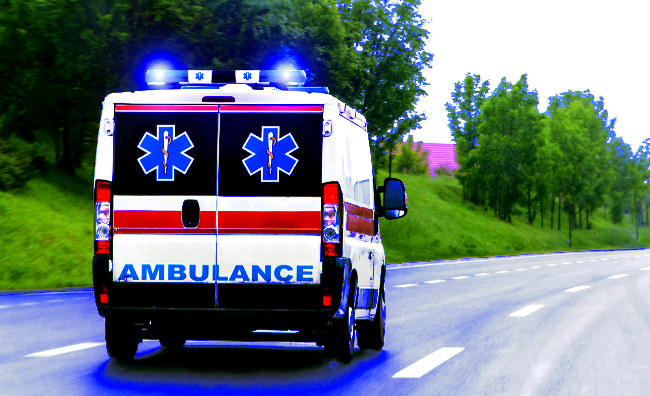
Is where you live a factor in your health? It shouldn’t be, in theory. But the CDC has been reporting for years about a gap between urban and rural areas for preventable deaths, and a new analysis of the data is showing it’s widening rapidly, even as American life expectancy decreases for the first time in decades.
The “death gap” between rural and urban populations, measured as the number of “excess” or preventable deaths, has been a problem for years, but the CDC’s latest analysis has a particularly worrying aspect. The research team found that while deaths from heart disease, cancer, unintentional injury, chronic lower respiratory disease, and stroke have continued to decline in urban areas, they are beginning to plateau or even, in some cases, rise in rural ones.
The most obvious cause is the unfolding opioid crisis, which disproportionately affects rural America, but there are other issues as well. Simply put, the CDC found that rural Americans simply have less access to lifesaving care across the board:
Barriers to health care access result in unmet health care needs that include, but are not limited to, a lack of preventive and screening services, treatment of illnesses and timely urgent and emergency services. Residents of rural areas experience many of these barriers. Specifically, rural counties in the United States have a higher uninsured rate; experience health care workforce shortages; often lack subspecialty care (e.g., oncology), critical care units, or emergency facilities; have limited transportation options; and experience longer time to services caused by distance.
In other words, rural Americans have to go further and pay more for less access to fewer doctors and poorer quality care. Rural Americans also tend, according to the CDC, to be older, sicker, less mobile, and poorer than urban populations, which only aggravates the problems. Life-saving care might be unaffordable in the sense that some Americans simply can’t afford the gas to go to the hospital and get it. In short, 46 million Americans, or 14% of the country, is facing a thorny problem that’s literally killing them and has no easy solutions.
It’s something we should keep in mind, especially with healthcare front and center in American politics.
(via Vox)






